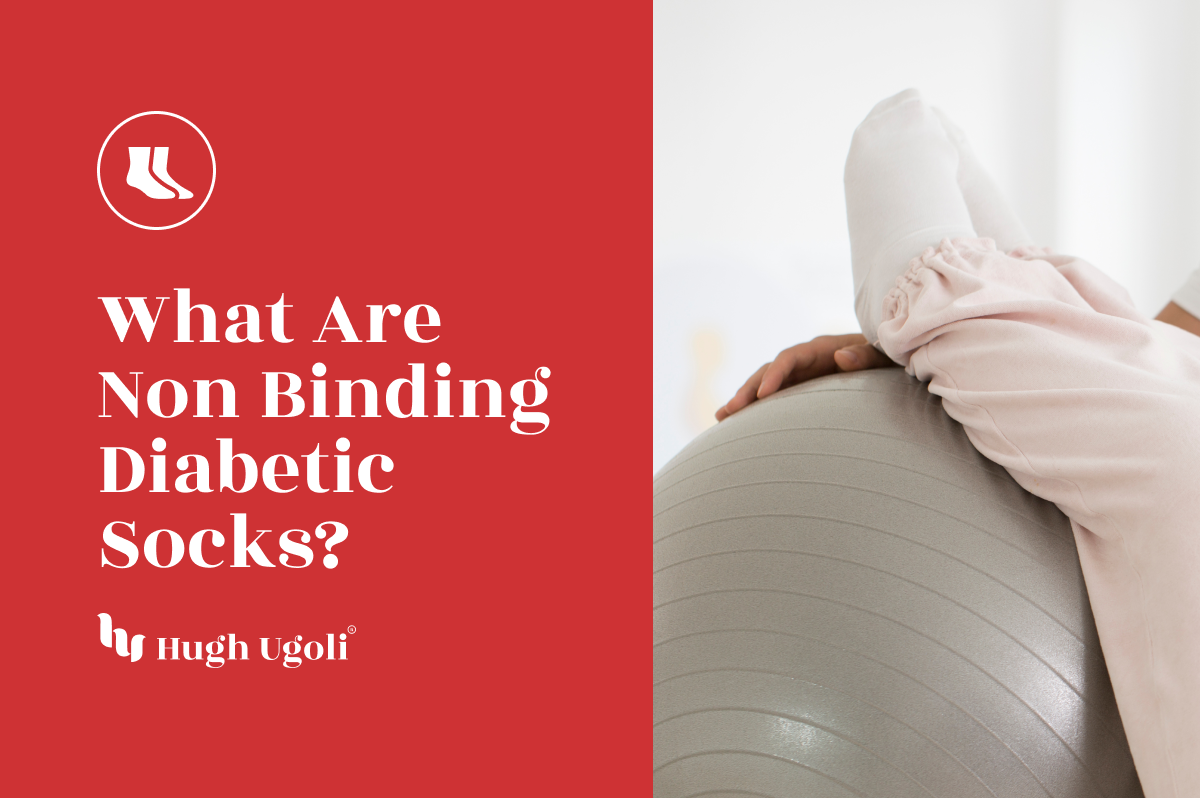Foot health is an often-overlooked aspect of overall well-being, particularly for individuals with specific medical conditions like diabetes or circulatory issues. The right kind of socks can significantly affect comfort and health. This comprehensive guide explores non-binding diabetic socks, exploring their numerous benefits and why they are crucial health accessories for specific conditions. Understanding the importance of foot care can significantly improve your quality of life, especially when dealing with situations that affect blood flow and overall foot health.
What Exactly Are Non-Binding Diabetic Socks?
The term non-binding socks refers to a particular type of sock designed to fit loosely around the ankle and calf. Unlike traditional socks that may constrict blood flow, these are engineered to provide a more relaxed fit. This intentional design aims to promote circulation and mitigate foot-related health issues from restricted blood flow. The unique construction of these socks often involves a blend of materials like cotton, spandex, and nylon, which work together to provide both comfort and functionality.
The Necessity of Non-Binding Diabetic Socks
Elevated blood sugar levels can wreak havoc on the circulatory and nervous systems. This damage leads to a higher risk of foot injuries and infections. For people with diabetes, wearing diabetic socks becomes a matter of comfort and a health necessity. These socks are designed to improve circulation, thereby aiding in the prevention of wounds and facilitating better healing if injuries occur. The absence of an elastic band at the top of the sock increases comfort by avoiding the uncomfortable sock ring imprint, making them ideal for long-term wear.
The Multifaceted Benefits
Before we delve into the specifics, it's essential to understand that non-binding socks offer a range of benefits catering to health and lifestyle needs. From promoting better circulation to providing enhanced comfort, these socks are a versatile solution for various foot health challenges.
- Promotes Healthy Circulation: One of the primary benefits of wearing non-binding socks is their ability to promote circulation. Improved blood flow reduces the risk of complications such as foot ulcers, infections, and other severe conditions. It mainly benefits people with diabetes, neuropathy, and circulatory problems.
- Enhanced Comfort: Traditional socks often imprint on the skin, causing discomfort and potential circulatory issues. Non-binding socks eliminate this problem, offering a more comfortable leg and foot experience.
- Style and Versatility: Modern non-binding socks are available in various types, including ankle, crew, and dress socks, catering to different needs and occasions. Whether you're dressing up for a formal event or a casual outing, there's a pair of non-binding socks to suit your needs.
Who Stands to Benefit?
Non-binding socks are not exclusive to those with medical conditions. They offer many advantages that can benefit various groups of people. Let's explore who can benefit from incorporating these specialized socks into their daily lives.
- Individuals with Diabetes: Diabetes can lead to nerve damage and poor circulation in the legs and feet, increasing the risk of complications like ulcers and infections. Non-binding socks can significantly mitigate these risks by promoting better circulation and reducing foot pressure.
- People with Peripheral Neuropathy: This condition causes nerve damage in the feet, leading to symptoms like numbness and tingling. Non-binding socks can help prevent further damage by reducing pressure and foot friction.
- Those with Circulatory Problems: Conditions like varicose veins or peripheral artery disease can severely affect blood flow. Non-binding socks can aid in promoting better circulation, thereby alleviating some of these issues.
- Sensitive Skin Concerns: Individuals with sensitive skin can find regular socks cause irritation, blisters, or other skin problems. Non-binding socks are generally made from gentle materials on the skin, reducing the risk of skin irritation.
How to Choose the Right Pair
Choosing the right pair of non-binding socks involves more than just picking a size. Here are some additional factors to consider:
- Material: The fabric can significantly affect comfort and functionality. Cotton blends suit everyday wear while moisture-wicking synthetic fibers are better for active lifestyles. Wool can offer warmth and moisture-wicking but may not suit those with wool sensitivities.
- Climate and Season: Depending on the environment or current season, you may need to opt for lighter or heavier materials to ensure optimal blood flow and comfort.
Non-binding diabetic socks offer a plethora of benefits that go beyond mere comfort. They are a vital accessory for those with specific health conditions but also provide advantages for anyone interested in promoting healthy legs and optimal blood flow. With the right pair, you can enjoy both comfort and health benefits, making them a worthy addition to your wardrobe.

















